Ash Wednesday, when we receive the traditional mark of repentance and are reminded to turn away from sin and towards the Gospel for we are dust and to dust we shall return, marks the start of 40 intense days of preparation for the Passion, Death and Resurrection of the Lord Jesus. We are exhorted to practice self denial and fasting, almsgiving and prayer.
Ok, so you all already know all this.
Why am I posting about Ash Wednesday today? Hmmm.... Before we get to that question, I want you to see something first.
Ash Wednesday in Rome, where the Pope and the College of Cardinals gather at the Dominican Church of Santa Sabina for the imposition of ashes and Mass.



 Remember O man that thou art dust and to dust thou shalt return
Remember O man that thou art dust and to dust thou shalt return
Christians all over the world gather to mark this occasion with prayer.
From Iraq
 to Los Angeles where Roger Cardinal Mahony is archbishop
to Los Angeles where Roger Cardinal Mahony is archbishop
 prayer and penitence is the order of the day.
prayer and penitence is the order of the day.
The same is true from San Jose

 to Mexico City.
to Mexico City.

In Catholic countries in Asia such as the Philippines, the turnout was huge.


Even in Macau, which is part of China, where Chinese live, Lent is marked with prayer and processions of the Passion of the Lord Jesus.
From Iraq
 to Los Angeles where Roger Cardinal Mahony is archbishop
to Los Angeles where Roger Cardinal Mahony is archbishop prayer and penitence is the order of the day.
prayer and penitence is the order of the day.The same is true from San Jose

 to Mexico City.
to Mexico City.
In Catholic countries in Asia such as the Philippines, the turnout was huge.


Even in Macau, which is part of China, where Chinese live, Lent is marked with prayer and processions of the Passion of the Lord Jesus.
 The procession route is from the Macau Cathedral to St. Augustine's Church.
The procession route is from the Macau Cathedral to St. Augustine's Church.

 The image of the Passion of Christ was carried through the streets amidst the festive Chinese New Year decorations.
The image of the Passion of Christ was carried through the streets amidst the festive Chinese New Year decorations. Regardless of the festive season, Chinese Catholics from Macau, which is part of China where Chinese folks live, take the time to pray to mark Lent.
Regardless of the festive season, Chinese Catholics from Macau, which is part of China where Chinese folks live, take the time to pray to mark Lent.
 The elderly are not exempt and fervently offer their prayers.
The elderly are not exempt and fervently offer their prayers.Ok. Now I want to show you how Ash Wednesday and the beginning of Lent is celebrated in Penang.
.
.
.
.
.
.
.
.
.
.
.

The photos above shows His Lordship the Right Reverend Antony Selvanayagam, by the grace of God and the favour of the Apostolic See, Bishop of Penang performing the Chinese Rite of Veneration of Ancestors.
The imposition of ashes and the fast and abstinence had been transferred to Friday, the 15th of February. Like I said earlier, I don't like the transferral of the fast and abstinence, but since it's an interior practice, once can always just do it. But in the local Church of Penang where there are many non-Chinese Christians such as Indians and Eurasians, the transferral of the imposition of ashes robs them of the opportunity to begin Lent the Catholic way.
The reason offered was 'pastoral', now becoming a dirty word. The Chinese needed their reunion dinner time on Wednesday, so too bad for the rest. Ok.... BUT then in the Cathedral on Wednesday night at 10PM when the Chinese are supposed to have their dinner, they went ahead and organized the Chinese New Year Mass.
I don't get it. If they can't come for Ash Wednesday Mass, then how can they attend the New Year Mass?
And what about the poor non-Chinese?

The former rector of the Major Seminary and now Administrator of the Cathedral, Fr. Francis Anthony of "We have Communion in the Hand ONLY here because Jesus said 'Take and Eat' so if you don't like it, go back to your parish" fame. Mark, the abusee has his account here.
The imposition of ashes and the fast and abstinence had been transferred to Friday, the 15th of February. Like I said earlier, I don't like the transferral of the fast and abstinence, but since it's an interior practice, once can always just do it. But in the local Church of Penang where there are many non-Chinese Christians such as Indians and Eurasians, the transferral of the imposition of ashes robs them of the opportunity to begin Lent the Catholic way.
The reason offered was 'pastoral', now becoming a dirty word. The Chinese needed their reunion dinner time on Wednesday, so too bad for the rest. Ok.... BUT then in the Cathedral on Wednesday night at 10PM when the Chinese are supposed to have their dinner, they went ahead and organized the Chinese New Year Mass.
I don't get it. If they can't come for Ash Wednesday Mass, then how can they attend the New Year Mass?
And what about the poor non-Chinese?

The former rector of the Major Seminary and now Administrator of the Cathedral, Fr. Francis Anthony of "We have Communion in the Hand ONLY here because Jesus said 'Take and Eat' so if you don't like it, go back to your parish" fame. Mark, the abusee has his account here.
Mind you, in Singapore, where Archbishop Nicholas Chia, who is Chinese, is the bishop, the imposition of ashes took place on the Monday and Tuesday before Ash Wednesday. So too in Kuching where the Chinese John Ha is Archbishop.
My friend lives in Malacca where the Chinese Jesuit Paul Tan is bishop. His village is predominantly Chinese and Catholic and served by the Chinese speaking CDD Fathers. The liturgy is in Mandarin. Can't get any more Chinese than that. And they had the imposition of ashes on.... wait for it..... Wednesday, Chinese New Year eve. Yep, that's right. Ash Wednesday on Wednesday for Chinese speaking Chinese Catholics who have been Catholic for ages.
Chinese bishops like Anthony Lee of Miri, who's also an accomplished exorcist had warned against this Rite of Veneration of Ancestors and does not permit it in his diocese. Most Chinese bishops are against it. When I showed it to my Chinese friend, he was stunned. Because as Chinese Catholics they already a special set aside to remember and pray for their ancestors. It's called All Souls Day.

Apparently Rome 'approves' of this Rite. Actually several Pope's have condemned it over and over again, including in Apostolic Constitutions, the most authoritative ordinary form of papal teaching.
The strongest condemnation of the Chinese rites came at the hand of Pope Clement XI with the Apostolic Constitution Ex illa die (March 19, 1715). To add force to his rulings, Clement XI attached the penalty of excommunication latae sententiae to their violations and required missionaries to take an oath on the Bible that they would observe his instructions “exactly, absolutely and inviolably ... without any evasion.”
The final and most forceful condemnation of the Chinese rites occurred on July 11, 1742 with Pope Benedict XIV’s Apostolic Constitution Ex quo singulari. The document reviewed the history of the Chinese Rites Controversy from its beginning in1645 and quoted in full the various papal statements against the Chinese Rites; reiterated the rejection of Mezzabarba’s “Eight Permissions” as “null, void, invalid, and completely futile and ineffective”; ordered Ex illa die to be observed “exactly, integrally, absolutely, inviolably, and strictly” under pain of automatic excommunication reserved to the pope; expanded the formula of the oath against the Chinese rites; and continued Ex illa die’s prohibition of further discussions of the issue, again under pain of automatic excommunication.
But somehow, Pope Pius XII was hoodwinked into authorizing it. I'm quite sure he would not have if he could see these pictures. Because of the declarations on the non-religious character of the cult of Confucius and the veneration of ancestors, Propaganda Fide issued on December 8, 1939, with Pope Pius XII’s approval, the instruction Plane compertum est in which it is said that (1) it is lawful for Catholics to participate in public honors paid to Confucius; (2) the image or name tablet of Confucius may be placed in Catholic schools and saluted by a head bow; (3) if Catholics are required to assist at public functions that appear to be superstitious, they should maintain a passive attitude; and (4) bows of heads and other marks of respect in front of the deceased or their images or name tablets are lawful and honorable. In addition, the requirement of the oath was abolished.
Fr. Peter Phan, who was warned by the CDF for ambiguity in his books, has a full account here on the origins of this Rite.
Does the Rite look non-religious to you? What do you think? Most Chinese speaking Chinese Catholics who grew up in the Faith don't approve.
PS
The photos were of last year's celebration in the Cathedral. But it should have looked about the same this year. Attendees, pls confirm if this is erroneous.
The strongest condemnation of the Chinese rites came at the hand of Pope Clement XI with the Apostolic Constitution Ex illa die (March 19, 1715). To add force to his rulings, Clement XI attached the penalty of excommunication latae sententiae to their violations and required missionaries to take an oath on the Bible that they would observe his instructions “exactly, absolutely and inviolably ... without any evasion.”
The final and most forceful condemnation of the Chinese rites occurred on July 11, 1742 with Pope Benedict XIV’s Apostolic Constitution Ex quo singulari. The document reviewed the history of the Chinese Rites Controversy from its beginning in1645 and quoted in full the various papal statements against the Chinese Rites; reiterated the rejection of Mezzabarba’s “Eight Permissions” as “null, void, invalid, and completely futile and ineffective”; ordered Ex illa die to be observed “exactly, integrally, absolutely, inviolably, and strictly” under pain of automatic excommunication reserved to the pope; expanded the formula of the oath against the Chinese rites; and continued Ex illa die’s prohibition of further discussions of the issue, again under pain of automatic excommunication.
But somehow, Pope Pius XII was hoodwinked into authorizing it. I'm quite sure he would not have if he could see these pictures. Because of the declarations on the non-religious character of the cult of Confucius and the veneration of ancestors, Propaganda Fide issued on December 8, 1939, with Pope Pius XII’s approval, the instruction Plane compertum est in which it is said that (1) it is lawful for Catholics to participate in public honors paid to Confucius; (2) the image or name tablet of Confucius may be placed in Catholic schools and saluted by a head bow; (3) if Catholics are required to assist at public functions that appear to be superstitious, they should maintain a passive attitude; and (4) bows of heads and other marks of respect in front of the deceased or their images or name tablets are lawful and honorable. In addition, the requirement of the oath was abolished.
Fr. Peter Phan, who was warned by the CDF for ambiguity in his books, has a full account here on the origins of this Rite.
Does the Rite look non-religious to you? What do you think? Most Chinese speaking Chinese Catholics who grew up in the Faith don't approve.
PS
The photos were of last year's celebration in the Cathedral. But it should have looked about the same this year. Attendees, pls confirm if this is erroneous.
![[Unam Sanctam]](https://blogger.googleusercontent.com/img/b/R29vZ2xl/AVvXsEiymQ2adTjpZ1ABhPBbBBquiPCxeQrc4Jy_97vOikT0wGQeJleriiXQy6ebnb0jrYe-TfvcK77txStB4aIwVAdD41ZdMkVfNtFGC0JX6LBV9B8mfeRZaIAM7Sj-011ag3DiKQzv/s1600/headerdivinemercy.jpg)












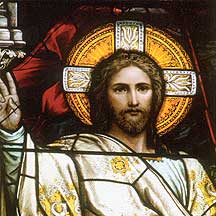
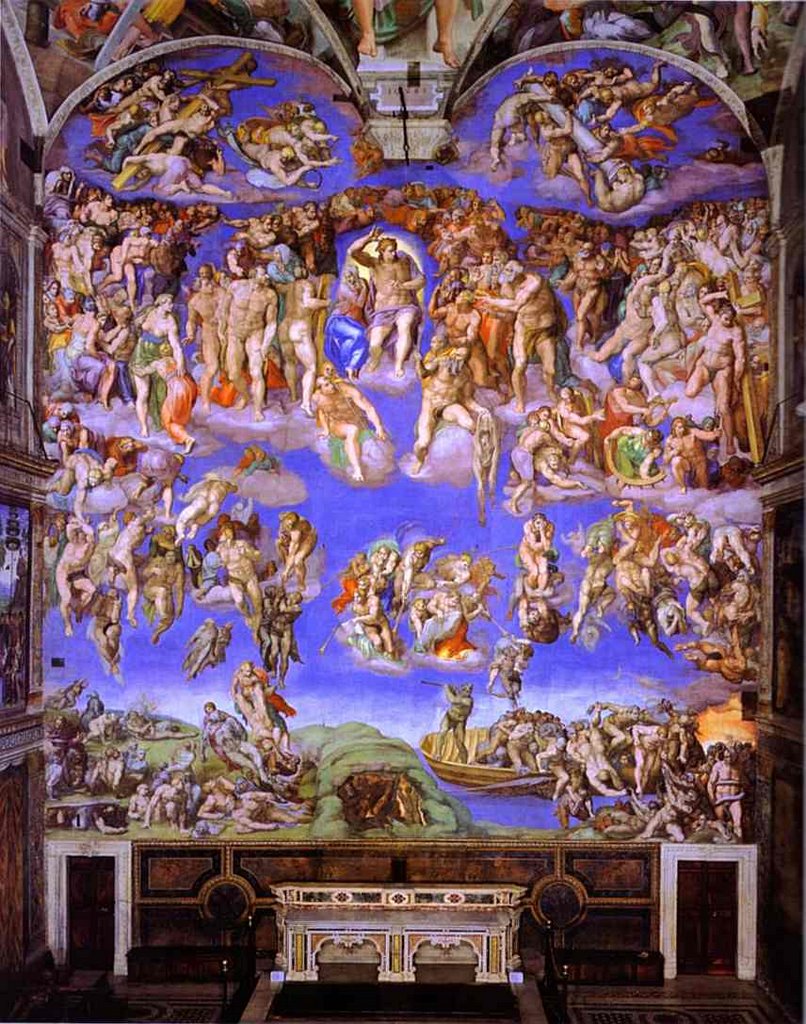


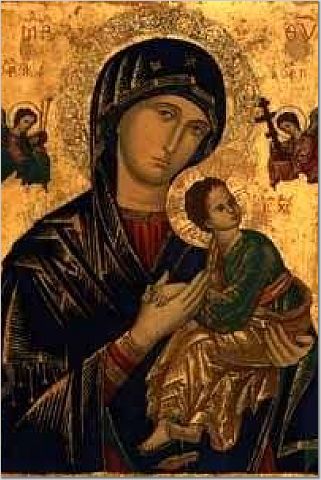



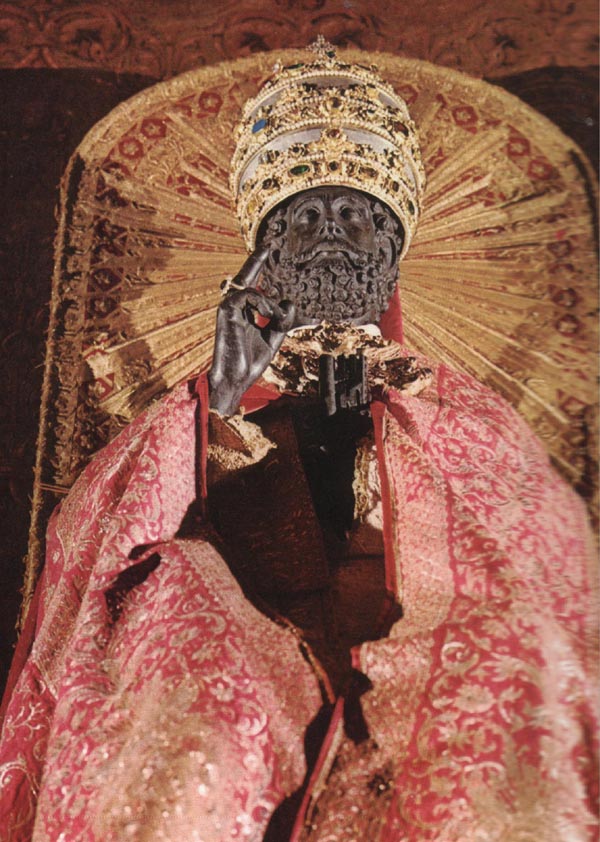
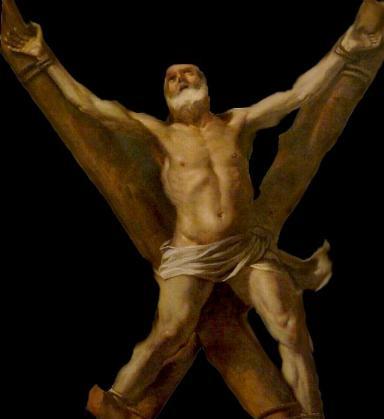

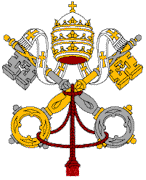


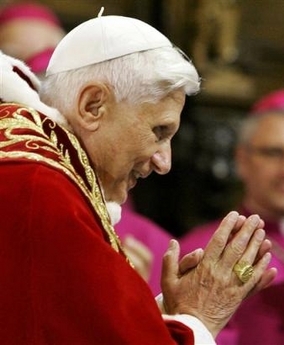






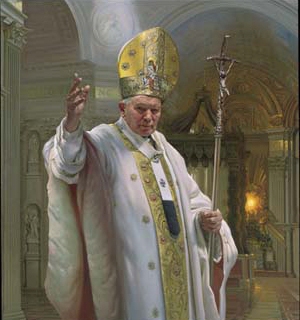
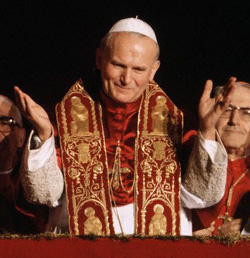
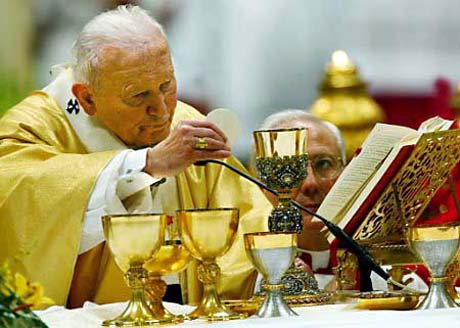
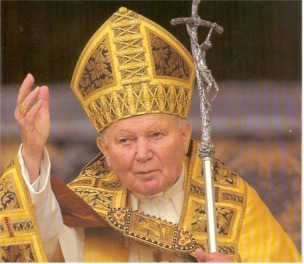






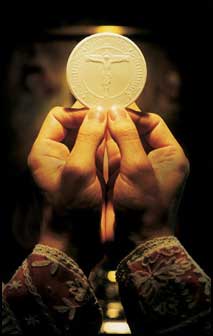
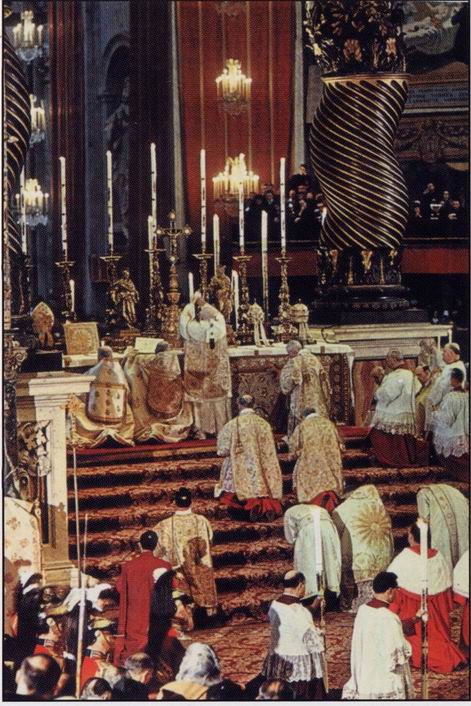

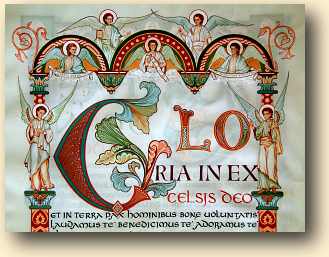

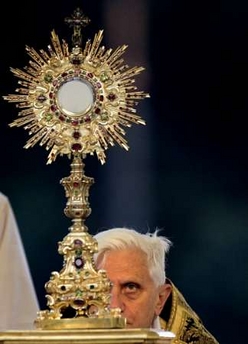


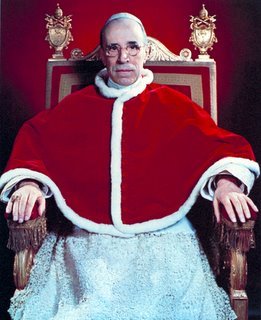




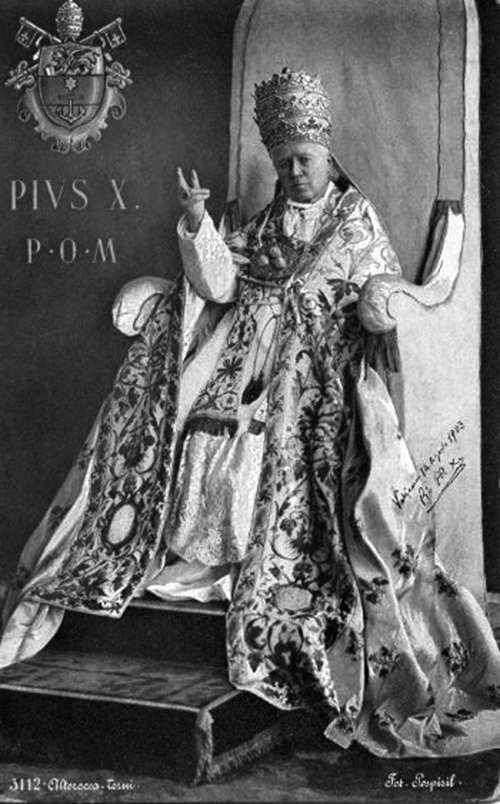



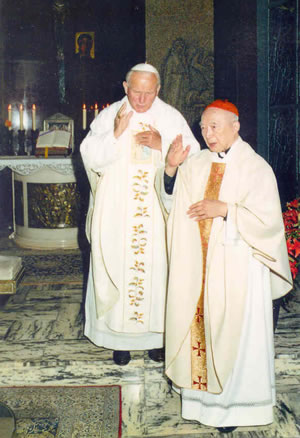






6 comments:
You're right. The non-Chinese priests and Church bureaucrats thinks that they know more about Chinese customs and rituals than the Chinese themselves. As a Chinese myself, I am appalled by the pictures.
"But somehow, Pope Pius XII was hoodwinked into authorizing it."
Didn't you want to canonize Pope Pius XII right away? What about this comment of yours? Please be consistent in your faith. I don't think you have any idea, how effective, the lifting of the "Ex quo singulari" do to the faithful in China and other Asian countries.
Thank God for Pius XII and his decision to eradicate what had been there since the 18th century. Growing up and listening to the "Sensus Fidei" is one of the important sense of the Holy Spirit.
:-}
Phil.
Phil, thanks for commenting.
But I don't think you understand how disturbing it is to actually attend one of these 'ancestor veneration' thingys. It's one thing hearing about it and reading about it and how is shows respect to their deceased forebears. It's another to actually be there, see the priest wear red on Ash Wednesday (which had been postponed for 2 weeks) and, with jossticks in hand, bow before a tablet with Chinese characters on a table with fruit and wine which is set up in the Church sanctuary. Wowweee... it's different all right.
Good Pope Pius XII might have authorized it without actually having seen it or taken part in it personally, and hence, was hoodwinked. Regardless of the civic character label that the Jesuits tried to foist on this ceremony, it is clearly religious as for the Chinese people, there isn't a great distinction between the two. It's still called praying to the ancestors.
Many Chinese converts are appalled when they see this ceremony performed in Church. I myself was quite shocked when it was first introduced. And mind you, it was introduced, in the past few years. It's not like its an immemorial custom or anything. There was no such nonsense when I was a kid.
And as I was trying to show in my post, people in predominantly Chinese parishes don't want anything to do with it.
Being Chinese myself, neither do I and neither do many of the Chinese Catholics I know. In fact, the Herald, our local Catholic paper, has received several letters to that regard.
Chinese Catholics do venerate their ancestors. It's called All Souls! =)
But this does not mean I recant my position on good Pope Pius XII. We all make mistakes! Even saints. I know I do =p
Well I am chinese (at least part chinese) and there is nothing wrong with ancestral worship. it is the best done in church. why restrict to honoring and remembering the dead to all souls day? maybe the intention of all souls day is that the people have forgotten of the need to pray for the dead and the church mandated a day set aside for it?
it was good that the observance of fast and abstinence moved from the original date. in this way true penitence can be observed. of course people who do not celebrate the lunar new year can keep in line with its fast and abstinence. then again we're bangsa malaysia and a celebration is not restricted to one particular race and/or religion.
Hello Andrew, may I ask why you think there is nothing wrong with ancestor worship?
The dead are remembered each Mass, during the commemoration of the departed, so no issue there, but my problem is with skipping and moving the Ash Wednesday Mass and the imposition of the Ashes and instituting this practice instead. The justification was that the Chinese needed to have their dinner. Ok. But why deprive those not celebrating the chance to observe the beginning of Lent? or even those who choose to observe Ash Wednesday despite the Eve dinner?
And furthermore, if it's to cater for the dinner, why have a Chinese New Year Mass at the same time? Anyway, the Ash Wednesday and imposition of the ashes could have easily been done on Tuesday or on Wed itself. Or even moved a day or 2 and not almost 2 weeks.
How can true penitence be observed by moving the date?
During the month of Ramadan, regardless of which festival occurs, be it the Chinese New Year, Christmas, Deepavali or whatever, the Muslim leaders visit the community celebrating, but do not eat. This is a good testament that they take their faith seriously and are willing to forego the pleasures of eating to honour their religious observation.
Is our God deserving of less?
Well, in Taiwan we do it often, sometimes at the beginning or ending of every mass, as a sign of respect for the ancestors in line with the chinese culture customs. Even more, all souls day is celebrated twice, in november and in April, when the traditional chinese feast of Tomb sweeping falls. Therefore, in Taiwan many catholic visit their ancestors burials according with their cultural traditions in April, and offer masses and prayers in November.
Even more, in funerals, the traditional incense offering and bowing is made at the end of the mass, after the deceased has been asperged with Holy water and the prayers. Both traditions are side by side, hope in the future the chinese tradition prevails, as in customs the Church should be Universal, as it names means, not western/mediterranean.
Post a Comment